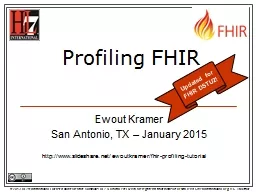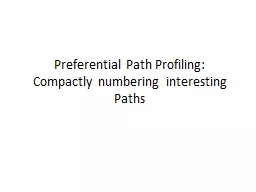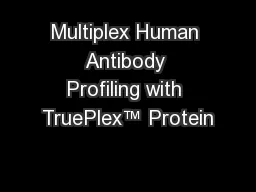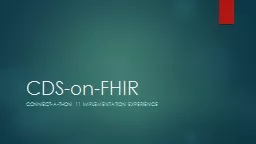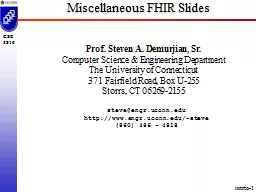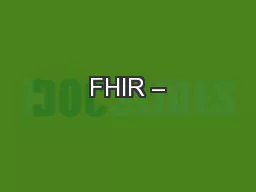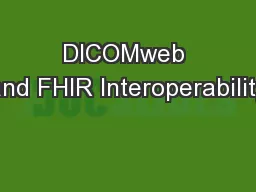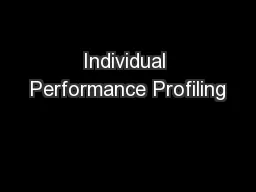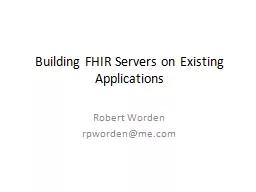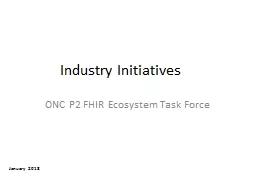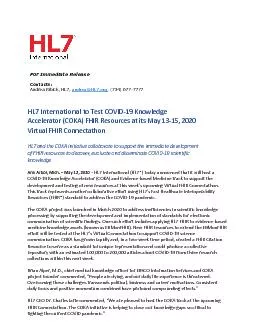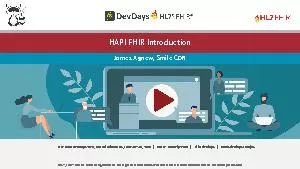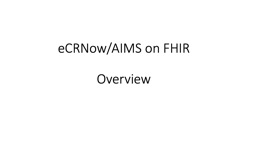PPT-Profiling FHIR
Author : cheryl-pisano | Published Date : 2017-04-26
Ewout Kramer San Antonio TX January 2015 Updated for FHIR DSTU2 httpwwwslidesharenetewoutkramerfhirprofilingtutorial Who am I Name Ewout Kramer Company Furore
Presentation Embed Code
Download Presentation
Download Presentation The PPT/PDF document "Profiling FHIR" is the property of its rightful owner. Permission is granted to download and print the materials on this website for personal, non-commercial use only, and to display it on your personal computer provided you do not modify the materials and that you retain all copyright notices contained in the materials. By downloading content from our website, you accept the terms of this agreement.
Profiling FHIR: Transcript
Download Rules Of Document
"Profiling FHIR"The content belongs to its owner. You may download and print it for personal use, without modification, and keep all copyright notices. By downloading, you agree to these terms.
Related Documents

